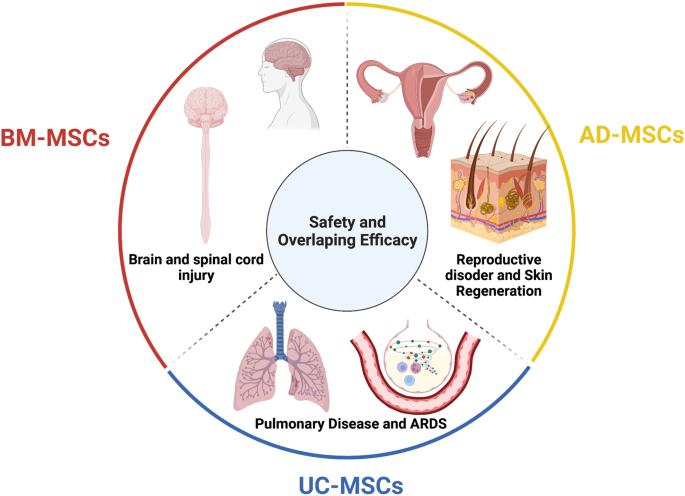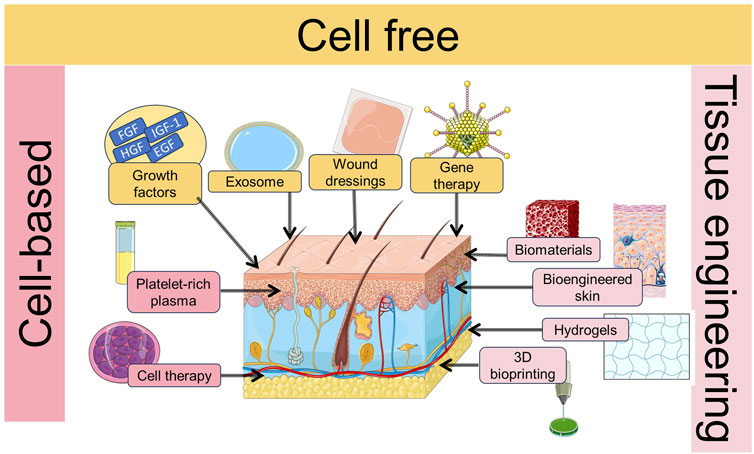Table of Contents

[/image][=video]
[/video]
A lot of websites made use of for bone marrow harvesting are situated in the hip bones and the breast bone. In recovery, the donor might experience some pain in the areas where the needle was placed.

If an autologous transplant is prepared, formerly accumulated stem cells, from either peripheral (apheresis) or harvest, are counted, evaluated, and all set to instill. The preparations for a bone marrow transplant differ depending on the kind of transplant, the disease needing transplant, and your resistance for specific medicines. Think about the following: Usually, high doses of radiation treatment and/or radiation are consisted of in the preparations.
Ablative treatment stops this procedure of cell manufacturing and the marrow becomes empty. A vacant marrow is needed to make area for the new stem cells to grow and establish a new blood cell production system.
It is not a medical procedure to place the marrow into the bone, yet resembles receiving a blood transfusion. The stem cells discover their means right into the bone marrow and begin recreating and expanding new, healthy and balanced blood cells. After the transplant, encouraging care is provided to prevent and treat infections, negative effects of therapies, and difficulties.
Stem Cell Therapy around Ann Arbor, Michigan
The days prior to transplant are counted as minus days. The day of transplant is considered day zero. Engraftment and recovery complying with the transplant are counted as plus days.
The days are phoned number to help the patient and family recognize where they remain in terms of threats and discharge planning. During mixture of bone marrow, the client might experience the following: Pain Chills Fever Hives Chest pain After infusion, the client might: Spend several weeks in the medical facility Be extremely vulnerable to infection Experience extreme blood loss Required blood transfusions Be constrained to a clean setting Take several antibiotics and other medicines Be provided medicine to avoid graft-versus-host diseaseif the transplant was allogeneic.
Depending on the sort of transplant and the disease being dealt with, engraftment generally takes place around day +15 or +30. Blood counts will certainly be checked usually throughout the days complying with transplant to evaluate initiation and development of engraftment. Platelets are generally the last blood cell to recoup. Engraftment can be delayed as a result of infection, medications, reduced given away stem cell matter, or graft failing.
Microbial infections are one of the most typical. Viral and fungal infections can be deadly. Any kind of infection can trigger an extensive hospital remain, protect against or postpone engraftment, and/or cause permanent organ damages. Prescription antibiotics, antifungal medications, and antiviral medications are usually offered to attempt to stop significant infection in the immunosuppressed patient. Thrombocytopenia (low platelets) and anemia (low red cell), as a result of a nonfunctioning bone marrow, can be dangerous and also deadly.
Discomfort pertaining to mouth sores and stomach (GI) irritability is typical. High dosages of radiation treatment and radiation can trigger extreme mucositis (inflammation of the mouth and GI tract). Liquid overload is an issue that can result in pneumonia, liver damages, and high blood pressure. The major reason for liquid overload is due to the fact that the kidneys can not stay up to date with the big quantity of liquid being given up the form of intravenous (IV) medicines, nutrition, and blood products.
Stem Cell Therapy around Ann Arbor

Breathing standing is a vital feature that may be endangered throughout transplant. Infection, inflammation of the airway, liquid overload, graft-versus-host illness, and bleeding are all potential lethal issues that might happen in the lungs and lung system. The liver and heart are necessary organs that might be damaged throughout the hair transplant procedure.
Failure of the graft (transplant) taking hold in the marrow is a possible difficulty. Graft failure might occur as an outcome of infection, frequent condition, or if the stem cell matter of the given away marrow wanted to cause engraftment. Graft-versus-host disease (GVHD) can be a significant and life-threatening problem of a bone marrow transplant.
In contrast to an organ transplant where the individual's immune system will certainly try to deny only the hair transplanted body organ, in GVHD the brand-new or transplanted immune system can assault the entire person and all of his/her organs. This is due to the fact that the brand-new cells do not acknowledge the cells and organs of the recipient's body as self.

One of the most common sites for GVHD are GI tract, liver, skin, and lungs. Prognosis significantly depends upon the following: Kind of transplant Type and extent of the disease being treated Condition action to treatment Genetics Your age and overall health Your tolerance of specific medications, procedures, or therapies Intensity of issues As with any type of procedure, in bone marrow transplant the diagnosis and long-lasting survival can differ significantly from individual to individual.
Regenerative Therapy servicing Ann Arbor, Michigan
Continual follow-up treatment is necessary for the individual adhering to a bone marrow transplant. New techniques to enhance therapy and to decrease complications and adverse effects of a bone marrow transplant are continuously being discovered.
Accessed June 5, 2017. The hope is to recover damaged cells that will not appropriately heal by itself. Regenerative medicine treatments can be divided into three categories: help with recovery by infusing or positioning online cells right into the patient. Examples of cellular treatment include PRP and stem cell therapies, which can be utilized to deal with tendinopathy and other sporting activities injuries.
Phys Medication Rehabil Clin N Am. 2014; 25( 4 ):881 -95. As time passes, individual doctors find out and share details, enhancing the application of these therapies. See Are PRP Shots Effective?Until much more is understood, regenerative medicine therapies are not taken into consideration conventional practice and insurance coverage strategies generally do not cover them. Many patients agree to pay out-of-pocket. is progressing swiftly with innovationsin stem cells, genetics therapy, and tissue engineering. This post digs into these innovative approaches, highlighting their transformative possibility for cells and body organ fixing. are positioned to revolutionize clinical treatments and boost patient results. Cell regeneration, the process of bring back lost cells to recover typical function, varies throughout various cells and body organs. In Drosophila larval wing discs, cells resistant to apoptosis help tissue regrowth. Computer mouse figure pointer regeneration is mediated by the blastema, including numerous progenitor cells, as highlighted in this research study.: The variety of cells within a tissue can influence regeneration. Outer nerves, for instance, consist of Schwann cells, nerve fibroblasts, and immune cells, each contributing in nerve regeneration, as talked about right here. These variables connect dynamically, making cell regeneration a complex procedure that varies based upon the particular cells or body organ. Cell regeneration plays an important function in keeping the body's general wellnessand wellness. It is accountable for repairing and replacing broken or aging cells, guaranteeing the appropriate performance of body organs and cells. Reliable cell regeneration treatment can significantly impact the treatment of numerous medical problems, including degenerative diseases, injuries, and also the aging procedure. Numerous significant milestones have actually noted the progression of cell regeneration research study. In the late 18th century , Italian biologist Lazzaro Spallanzani performed pioneering experiments on the regrowth of amphibian limbs, giving proof for the regenerative capacity of specific organisms. In the 20th century, the exploration of stem cells by Canadian researchers Ernest McCulloch and James Till revolutionized the area. Harold E. Varmus, that played a crucial duty in elucidating the hereditary basis of cancer, and Dr. Michael S. Brown and Dr. Joseph L. Goldstein, who found the role of low-density lipoprotein (LDL) receptors in cholesterol metabolic rate. Stem cell therapy is among one of the most extensively researched and appealing branches of cell regrowth therapy. This irritant sets off a local inflammation feedback, which prompts the launch of growth variables and the employment of regenerative cells. In time, the regenerative cells promote the repair service and regeneration of damaged cells, supplying relief to individuals experiencing persistent musculoskeletal discomfort or joint instability. Cartilage regeneration treatment concentrates on bring back harmed or degenerated cartilage material, which plays a critical duty in joint feature and wheelchair. Some cells, such as epithelial cells in the skin or the lining of the intestinal tract, have a high turn over rate and can restore rapidly. On the other hand, cells in the central nerves, such as nerve cells, have restricted regenerative capacity. This difference is mainly because of the complexity of the tissue, the existence of repressive factors, and the mobile environment. Cell regeneration treatment provides promising services for accelerating injury recovery and dealing with numerous injuries.
Navigation
Latest Posts
Perimenopause Treatment local to Ann Arbor, Michigan
Menopause Therapy
Menopause Treatment servicing Ann Arbor, Michigan